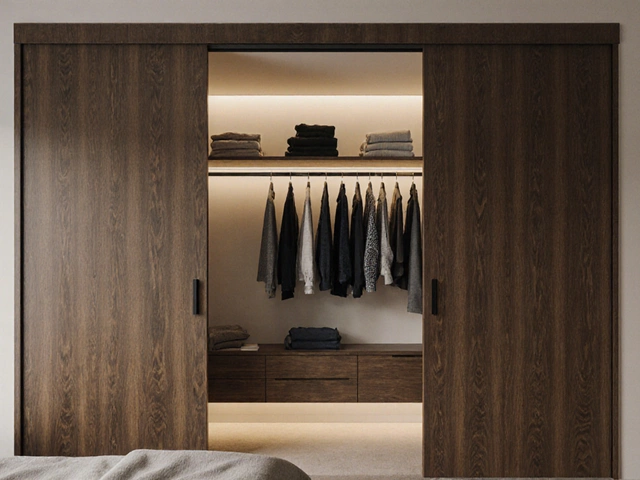Chair and Table Distance: How Much Space Do You Need?
Ever pulled out a chair and it feels cramped, or you’re constantly bumping knees against the table? The gap between a chair and a table isn’t just a random number – it shapes how comfortable you feel and how safely you move around the room. Getting this distance right can make meals easier, work more productive, and family time more relaxed.
Why the Right Gap Matters
When the space is too tight, you end up hunched over, straining your back, or you can’t slide a chair in and out smoothly. Too much space, and you’re constantly reaching across, which hurts your posture and makes conversation awkward. The gap also matters for accessibility – a wheelchair‑user needs extra room to maneuver without hitting legs or the table edge.
Think about a dinner party. If guests can’t pull their chairs out far enough, they’ll feel stuck and may avoid sitting down. On the other hand, a well‑spaced dining area invites people to linger, share stories, and enjoy the food. The same principle applies to work desks – a proper chair‑to‑desk gap keeps your arms at a natural angle and prevents shoulder tension.
Measuring the Perfect Gap
Here’s a quick cheat sheet you can use for any room:
Dining tables: Aim for 24‑30 inches (61‑76 cm) from the back of the chair to the table edge. If you have a rectangular table, the wider end can handle 30 inches, while the narrower side works fine at 24 inches. This range gives most adults enough room to sit, stand, and slide their chair without knocking into anything.
Work desks and office tables: Keep the distance at 18‑20 inches (45‑50 cm). This lets your elbows rest comfortably on the desk while keeping your feet flat on the floor. If you use a keyboard tray, you might drop the gap to about 16 inches, but never below 14 inches – otherwise you’ll feel cramped.
Kitchen islands and breakfast bars: Provide 30‑36 inches (76‑91 cm) of clearance. This space lets multiple people work side‑by‑side, move pots, and pass dishes without stepping on each other’s toes.
Accessibility standards: For wheelchair users, a minimum of 36 inches (91 cm) of clear width between the chair and table edge is recommended. This ensures the chair can be pulled out and the user can roll forward without obstruction.
To measure, simply place the chair at the table and use a tape measure from the back of the seat (where you sit) to the nearest point of the table. Adjust the chair legs or add a spacer if you need to reach the sweet spot.
If you notice you’re constantly adjusting chairs, you probably have the distance wrong. Try moving the table a few inches or swapping out chairs with different leg heights – sometimes a small change makes a big difference.
Finally, remember that style can influence the gap. Bench seats, high‑back chairs, or upholstered chairs with thick cushions might need a little extra room. Always test with the actual furniture you own, not just the numbers on a guide.
Getting the chair‑to‑table distance right is a low‑effort tweak that instantly upgrades comfort, safety, and the overall feel of your space. Measure, adjust, and enjoy a room that works for everyone.
How Far Should a Chair Be from a Coffee Table?
Finding the right distance between a chair and a coffee table can make or break the comfort and functionality of your living space. Too close, and you might be banging your shins; too far, and grabbing your drink becomes a gymnastic feat. Dive into the delicate art of spacing to create a cozy yet practical environment. We'll explore factors like room size, personal comfort, and style preferences to help you nail that perfect gap.







